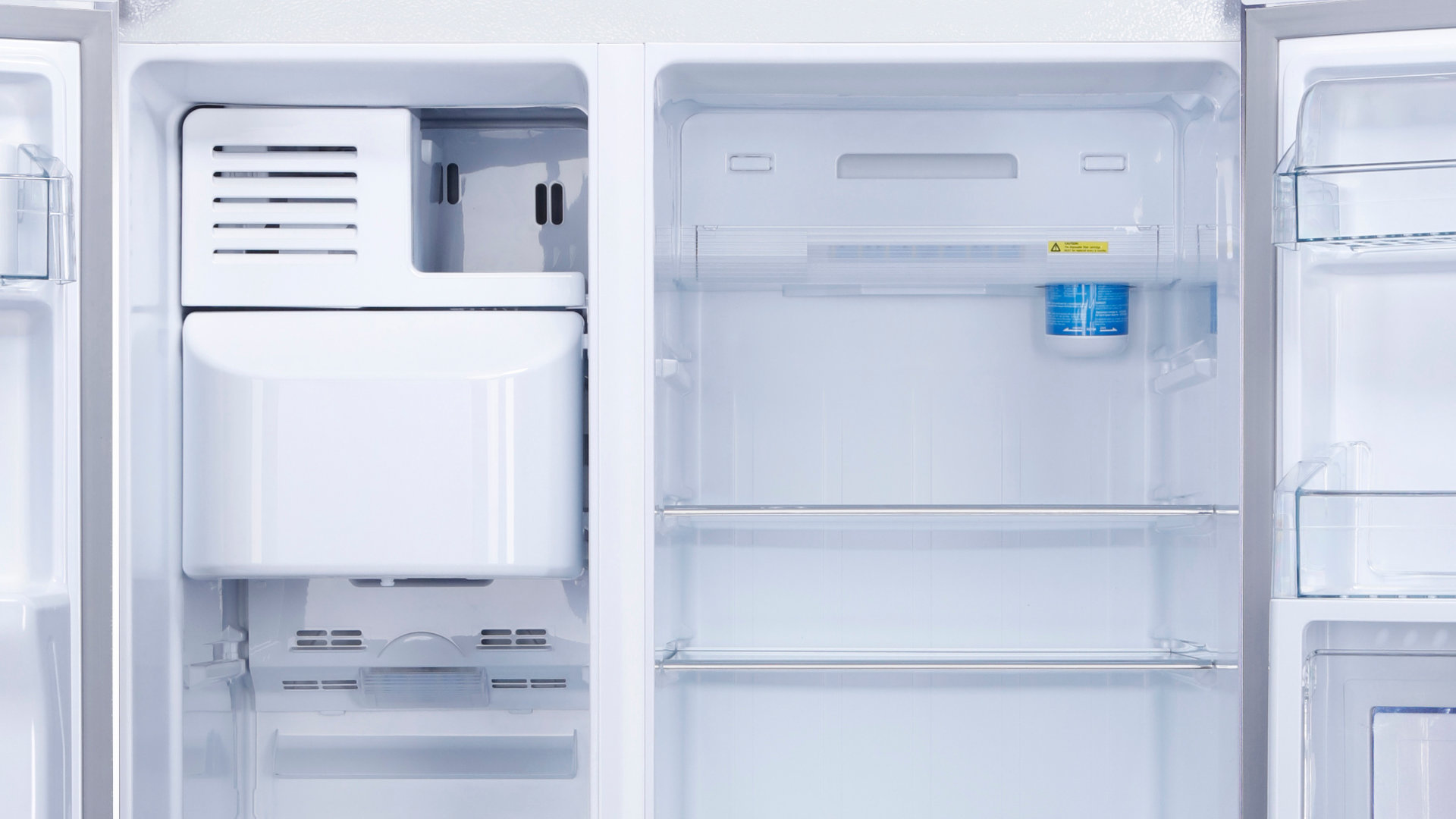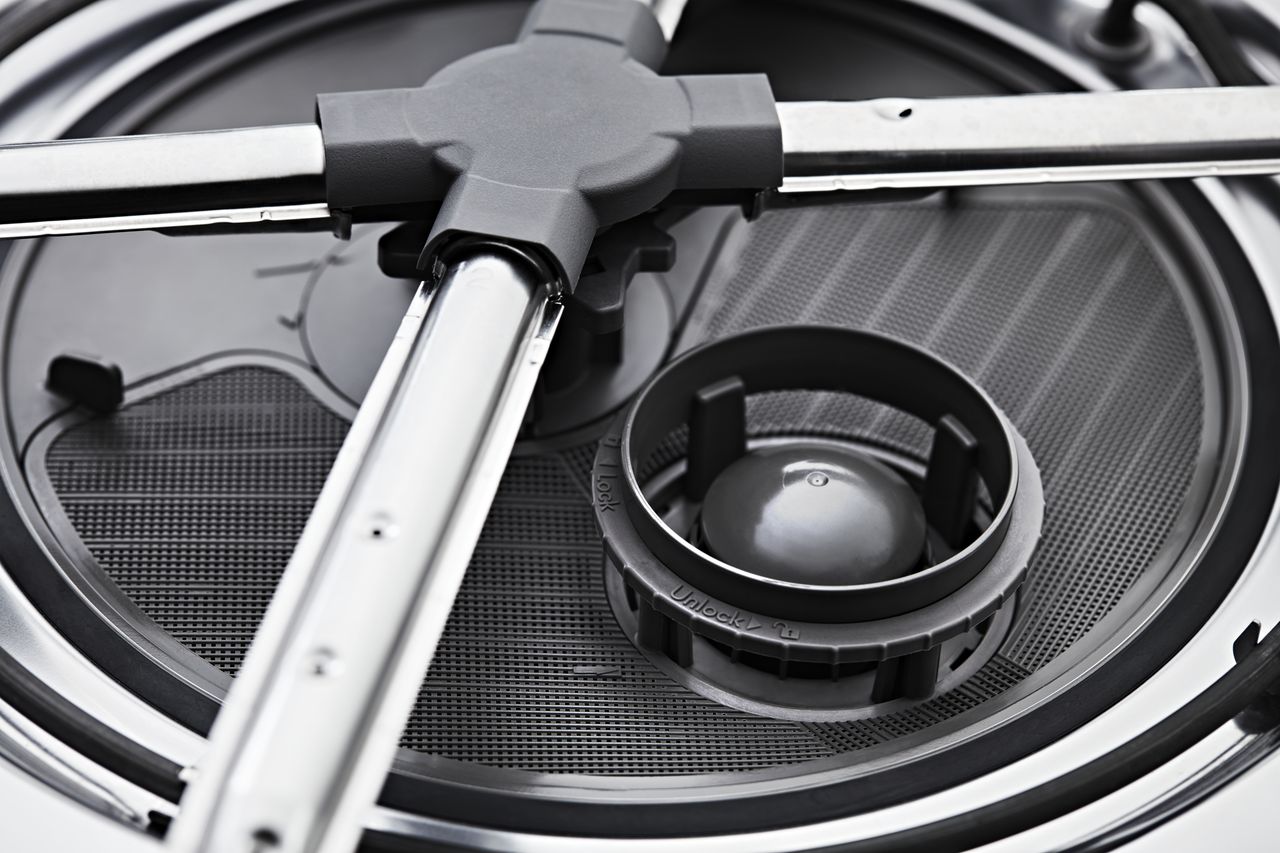
Your dishwasher filter is an important part of the appliance’s function. It catches the tiny leftover bits of food still on your dishes when they enter the dishwasher, allowing the dishes to get completely clean during the cycle. Self-cleaning dishwasher filters will include tiny garbage disposal that grinds up any large pieces and doesn’t need to be manually cleaned as often, but these dishwashers also tend to be louder and use more energy. Even so, it’s easy for a customer to overwork the filter and treat it as a legit garbage disposal which in almost any design, these are simply meant for any scraps of food that was not discarded into the trash or garbage disposal to keep the dishwasher pump clean of debris.
Manual dishwasher filters are much like the screens you put in the bottom of your sink and will eventually need to be cleaned out so that your dishwasher works properly. You’ll know when your filter needs cleaning when you start to notice gritty dishes, puddling in the bottom of the dishwasher, or an unpleasant smell from otherwise clean dishes.
Sometimes, your dishwasher filter may even break from heavy use or non-food shrapnel in the wrong place. When this happens, you’ll need an all-new filter and knowledge on how to replace it. Which is exactly what we’re here to provide today. Whether your dishwasher filter is broken, dirty, or just need looking at, here’s how to do it:
Finding the Right Replacement Filter (If Replacing)
If your dishwasher filter is broken or your dishwasher manual suggests replacing at intervals, you’ll need to find the correct replacement filter. There are two ways to do this.
First, you can use your dishwasher’s make and model to look up the correct replacement part. Second, to be absolutely certain, you can take a look at the filter and find the serial number indicating the exact part you should order. Once you know the filter you need, order it online or pick one up at your local hardware store if available.
The Supplies You’ll Need
Collect the supplies you need before starting the repair. No one enjoys running for a needed tool halfway through the job. Fortunately, the number of items you need for this repair is incredibly limited. All you need on-hand is a screwdriver and your spare filter. Or just a screwdriver if you’re washing your old filter instead. For washing, you will of course also need a sink and some cleaning solution. You may also want a towel nearby in case of drips.
Installation Supplies
- New Replacement Filter (if needed)
- Screwdriver or Nut Driver
- Towel (optional)
Cleaning Supplies
- Dish Soap
- Sponge
- Toothbrush or Nail Brush
- Towel
Safety Precautions
Any time you’re opening up the innards of an appliance, always disconnect the power. If you can’t reach your dishwasher’s wall plug (and most homeowners can’t) then switch the power off at the kitchen breaker. This way, there is a zero risk of accidental electrocution or the mechanism trying to run while you work on it.
Locate Your Dishwasher Filter
– Remove the Bottom Rack
Start by removing the bottom rack of your dishwasher so you can reach the dishwasher floor. This is where the water drains and, therefore, where your dishwasher filter will be.
– Find the Filter Cover
On the floor of your dishwasher, you should find a circular cover over a cylindrical slot. It may even have the word FILTER embossed in the plastic to make this item easier to find. If you’re not sure, check the manual for your model of dishwasher.
Remove the Filter Cover
– Remove Screws, If Any
Now that you’ve spotted the dishwasher filter, your next step is to remove the cover. Many dishwasher filter covers will just snap right off on little plastic clips, but yours might have screws holding the cover in place. If so, carefully remove those screws and set them aside. You’ll need them later.
– Pop Off the Filter Cover
Grasp the filter cover from one edge and pull. It should pop right off the filter housing. Set the cover aside out of the way.
Remove the Dishwasher Filter
– Pull the Cup Out by the Handle
Underneath the cover should be a small cup holding the dishwasher filter. The cup may have a tab or a handle. Pull out the cup, but not all the way as it is connected to the drain hose.
– Remove the Filter
Pull the filter out of its drain housing cup. If there is another screw, remove it and set it aside with the others.
– Clean the Filter if Reusable
If your filter is reusable and in good shape, now is the time to clean it. Use dishwashing liquid, a sponge, and possibly a toothbrush to get all the little particles out of the filter. Rinse with very hot water and pat dry with a towel.
– Discard the Filter if Not Reusable or Broken
If the filter is broken or non-reusable, it’s alright to throw it away before installing the new one.
Reinstall the Dishwasher Filter
– Place New or Clean Filter Into the Cup
Whether you have a new filter or a newly clean filter, place it back into the drain housing cup where the filter was removed from previously. Make sure to set it in until it settles or clicks.
– Check Cup Water Line is Secure
Before you reassemble, make sure the water line connected to the bottom of the cup is firmly secured. Leaks here can cause real problems later if not prevented now.
– Snap Filter Cup Back Into Place
Set the cup back into place and press or twist until it clicks into the housing. Each dishwasher model may be different so do what your dishwasher seems to expect. Re-fasten screws if there were any securing the drain cup.
– Replace Dishwasher Filter Cover
With the cup in place, grab the filter cover and snap it back over, facing the same direction it was before.
– Return Screws if Any
If there were any housing screws securing the filter, grab them now and put them back into place. Secure tightly so swirling water can’t shake them loose.
Test Your Dishwasher
Finally, you are ready to test your dishwasher to see if your repair was a success. Start by turning your breaker back on, then run an experimental load of dishes with a little food still left on them. If your dishwasher drains correctly and the dishes are sparkling clean, then your repair was picture-perfect. Congratulations. For more repair insights or assistance with any future appliance repairs in your home, contact us today!
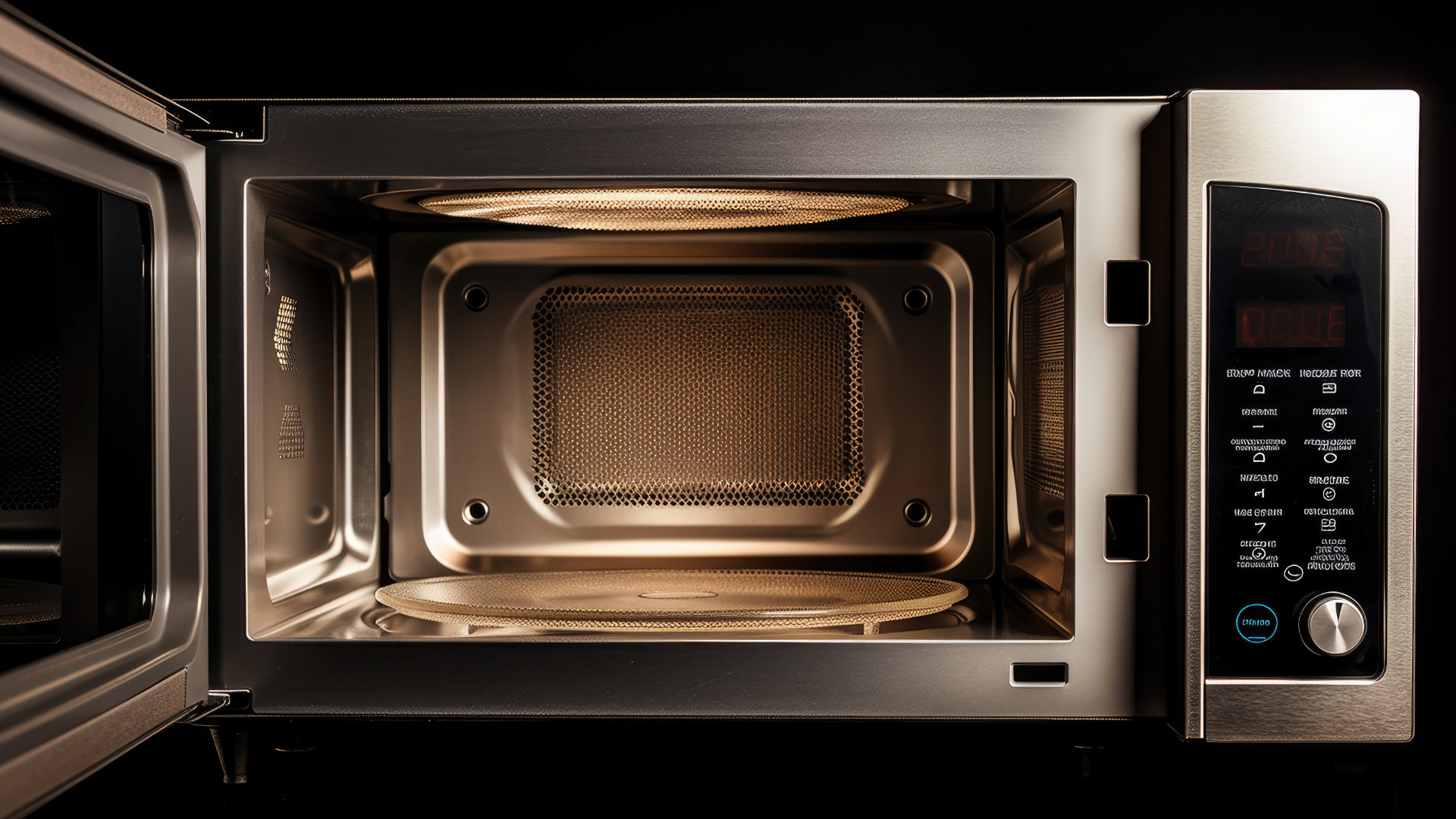
Eliminate the Burning Smell From Your Microwave
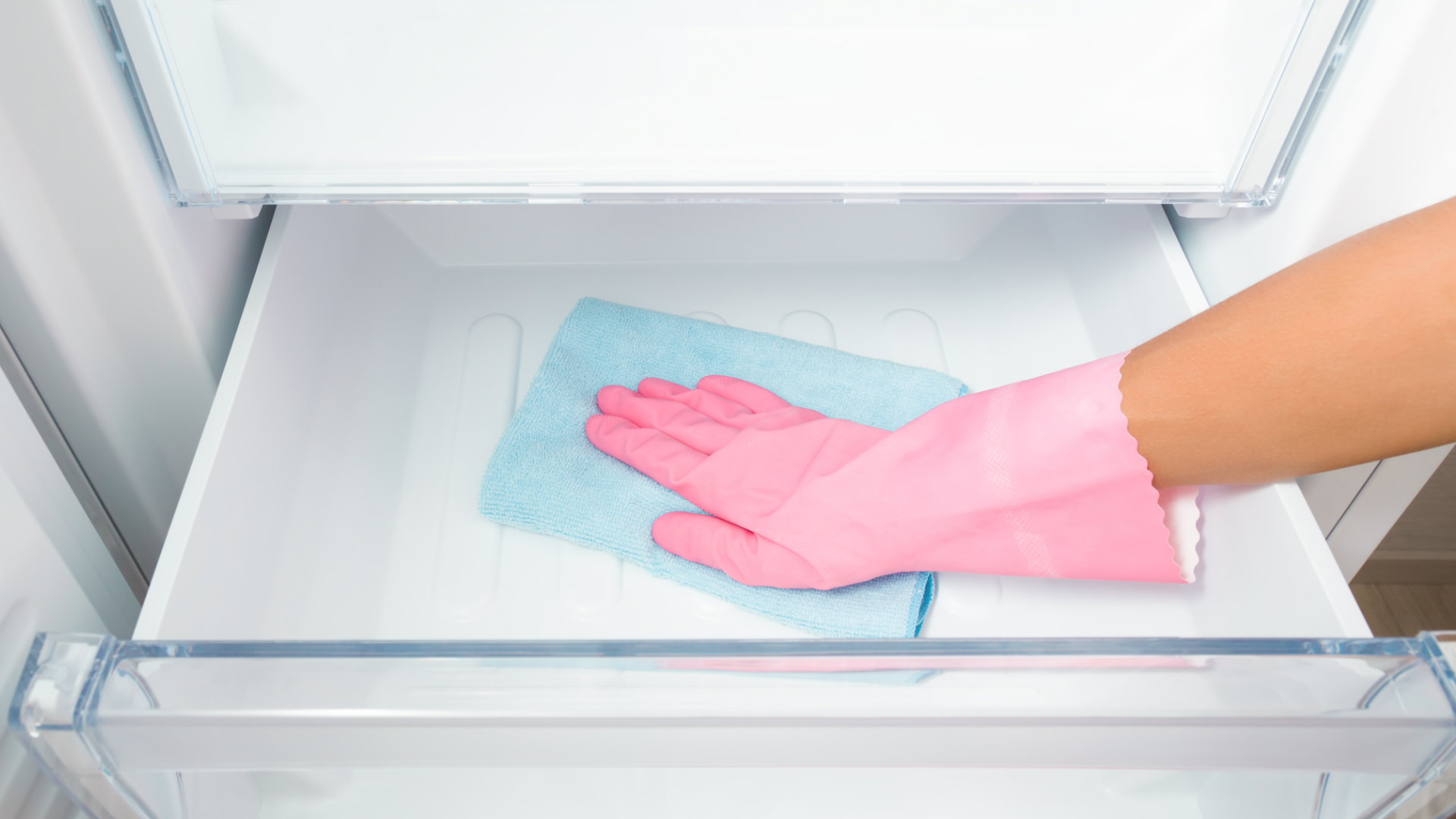
Fixing a Samsung Freezer That Won’t Freeze

Whirlpool Oven Won’t Heat: Here’s What To Do
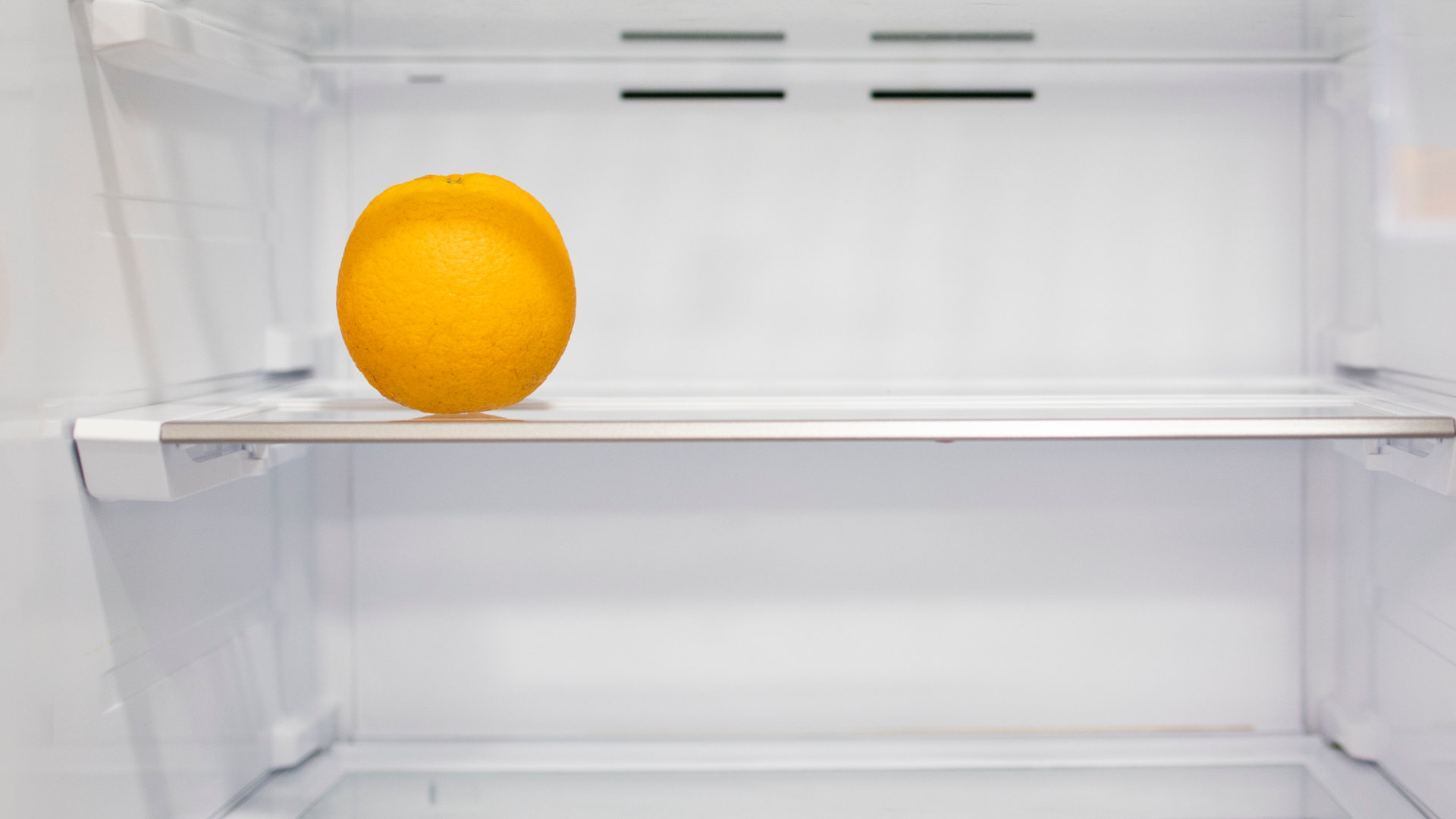
Easy Steps to Clean Your Refrigerator Coils
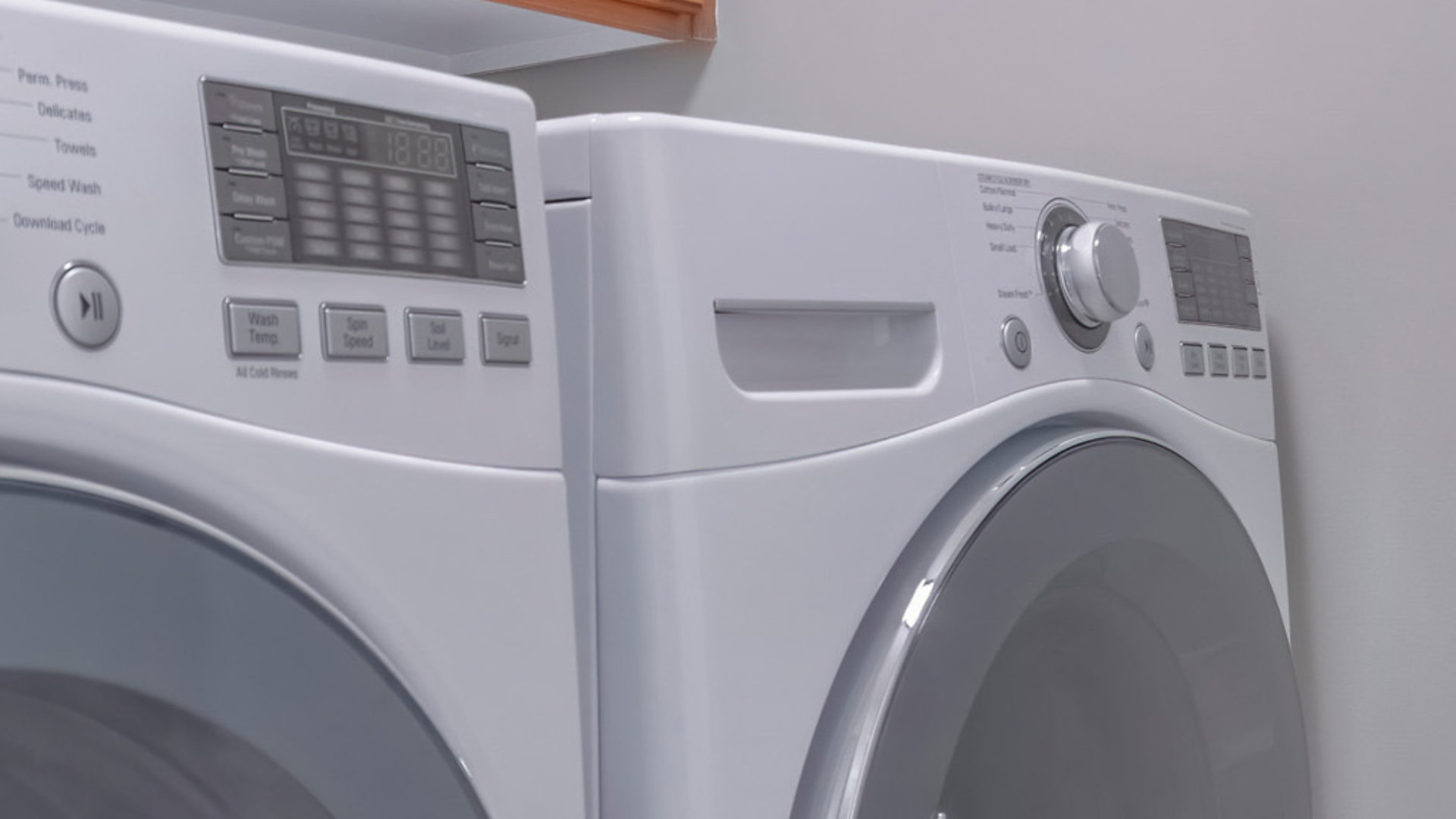
Quick Fixes for an LG Dryer Not Heating
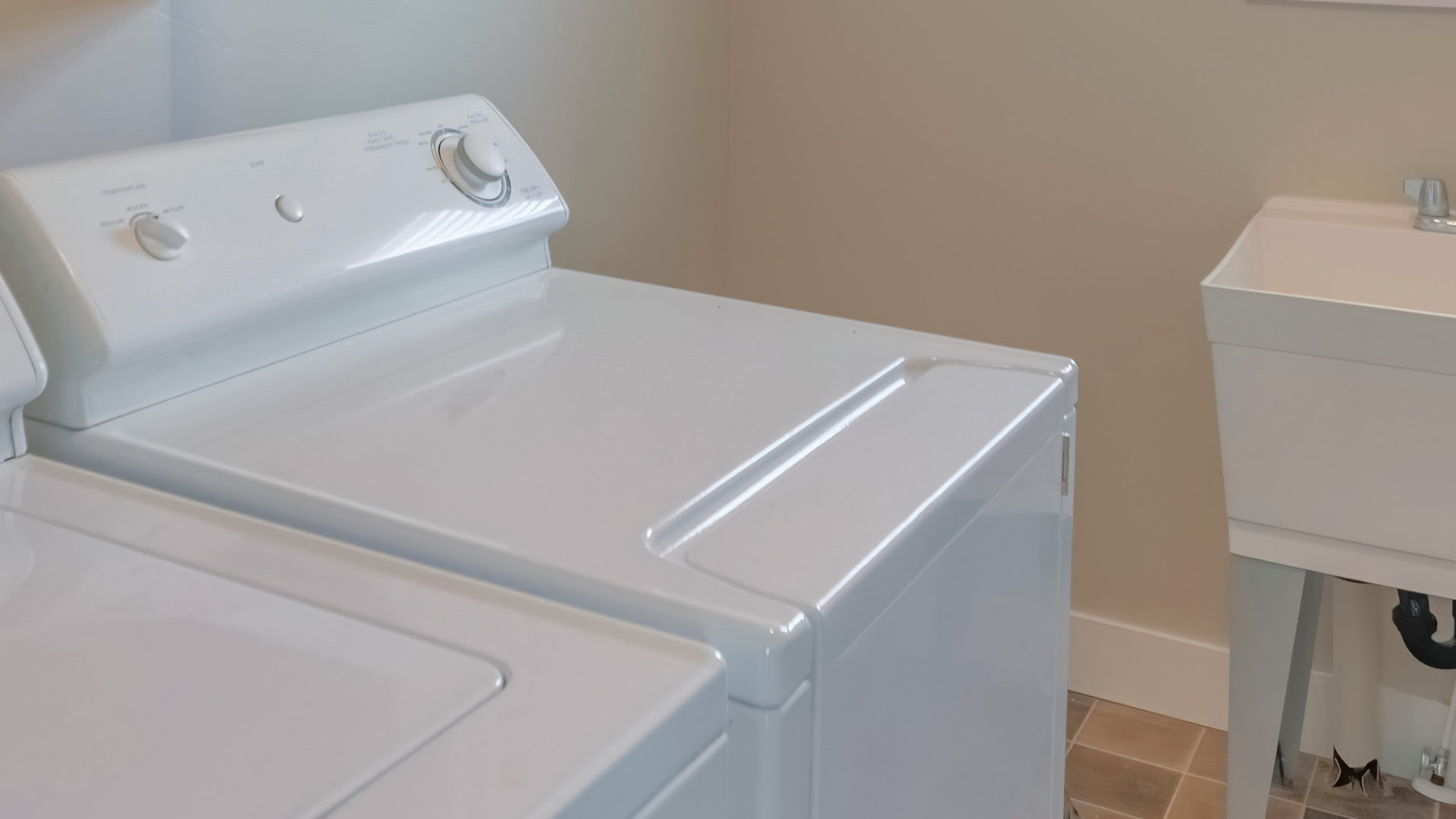
How to Fix an Electrolux Dryer That’s Not Drying

Why Is Your Whirlpool Washer Lock Light Flashing?
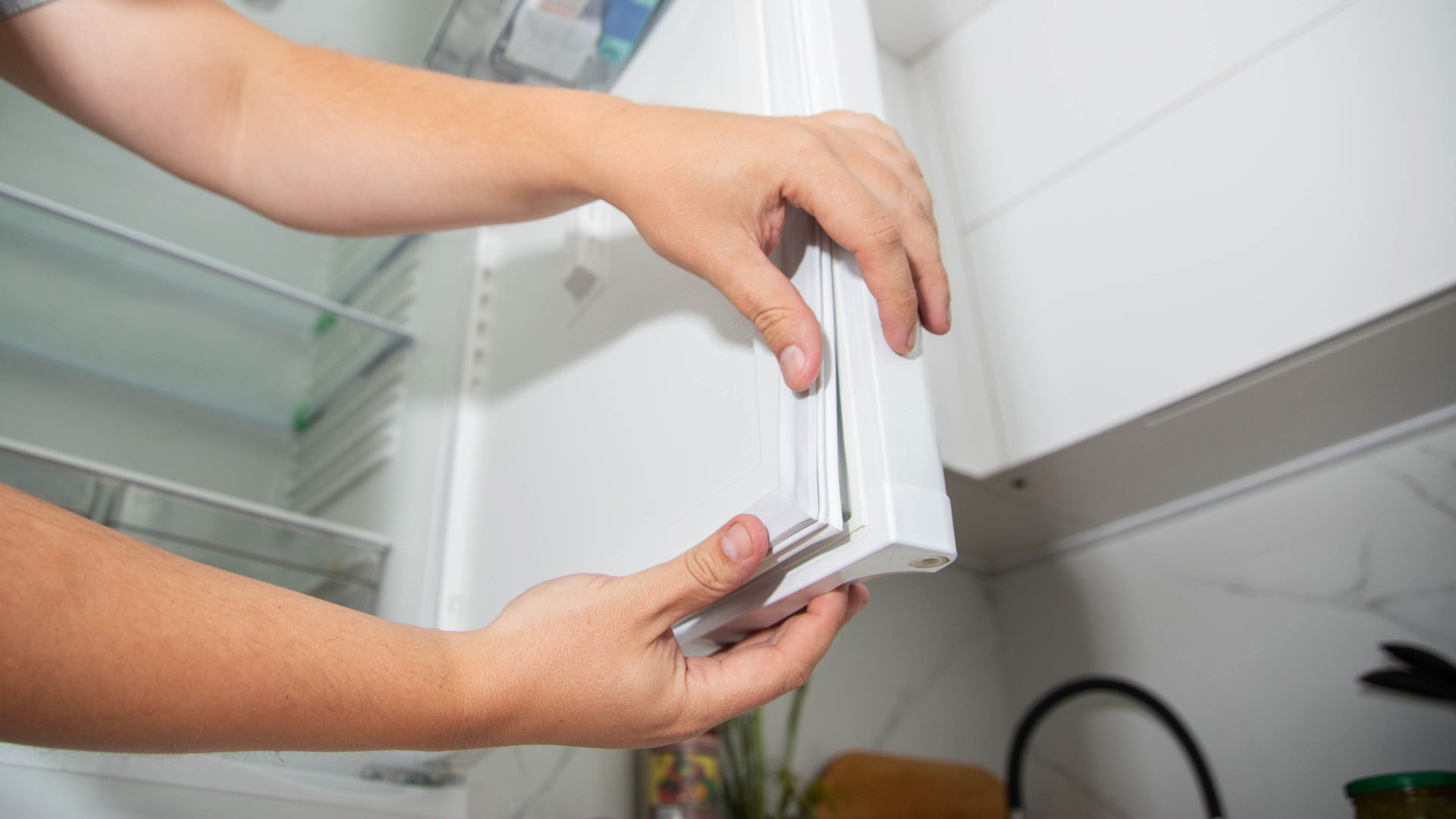
Why Is Your Freezer Door Not Sealing?
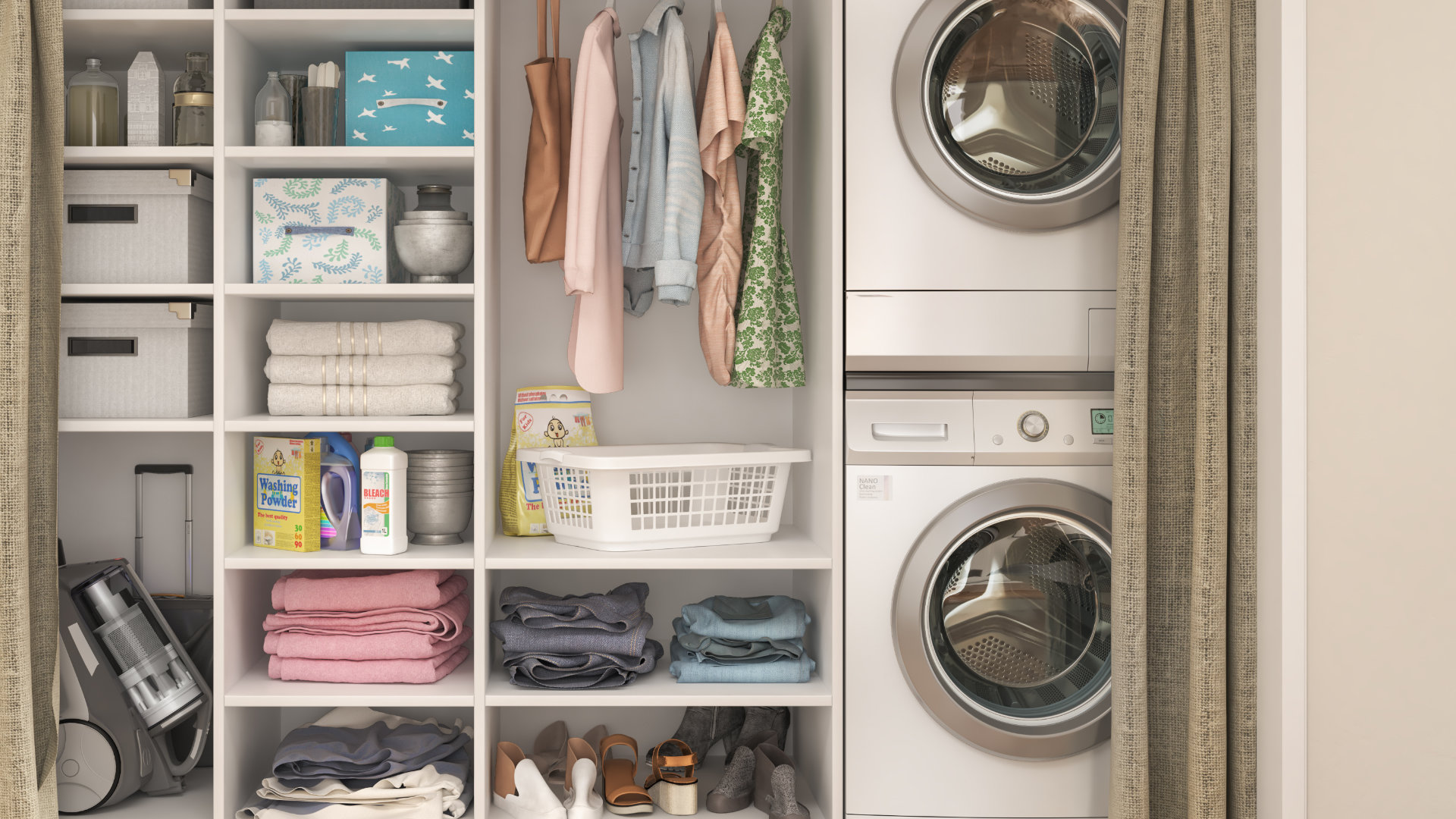
How Does a Ventless Dryer Work?
